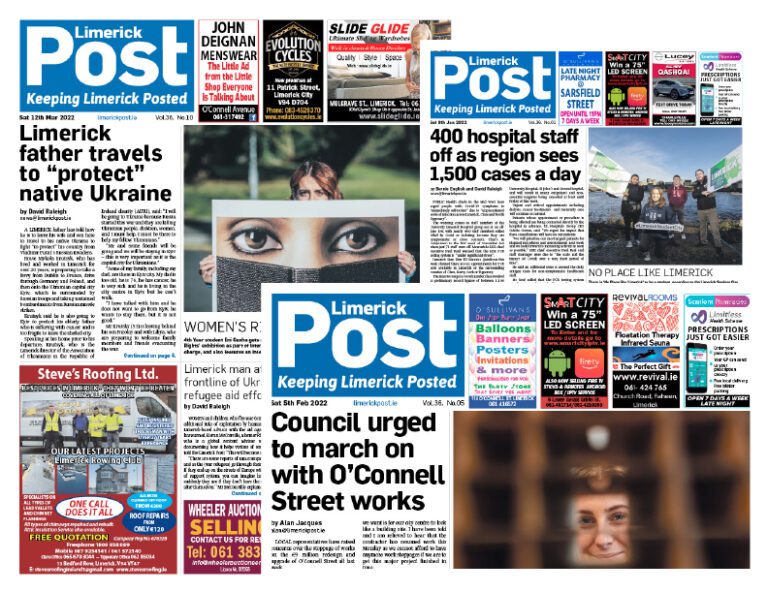
BETTER tax incentives and an extension of tax relief schemes are on the cards after Budget 2023 to help the owners of Georgian buildings in Limerick make improvements so they can be lived in.
Limerick TD Kieran O’Donnell has welcomed the inclusion of these measures suggested by him and others in the budget.
Dear Limerick Post Reader
You've enjoyed 12 articles with us this month!
To continue reading kindly subscribe to our service.
Thank you for your support!
If you already have an account Sign in
What you get
- ✓ Ad-free
- ✓ Access to all premium content









